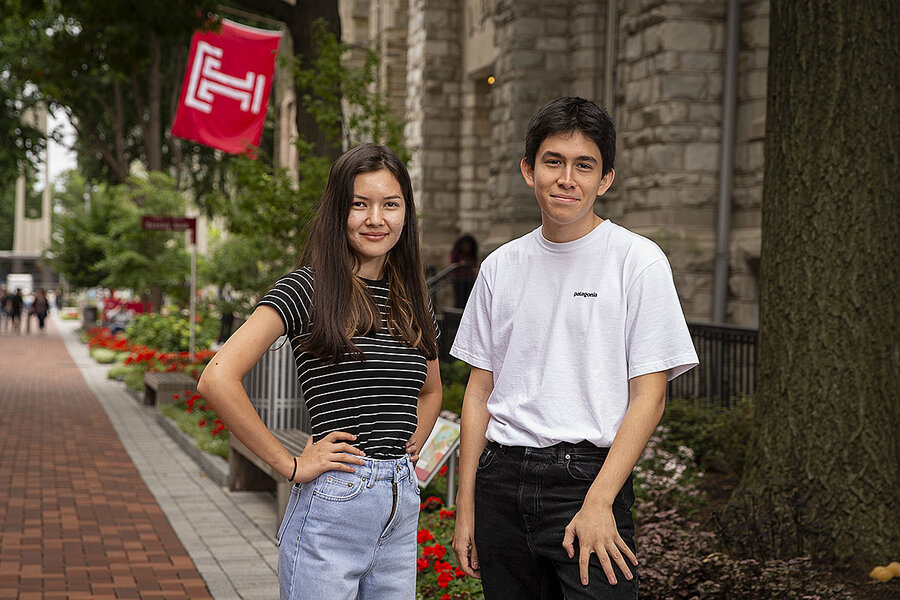International students in the US: Different experiences at the border
Loading...
We’ve been covering who gets into selective colleges from many angles, but one news story this week featured a gatekeeping system beyond the admissions office: United States Customs and Border Protection (CBP).
The case of Ismail Ajjawi – a Harvard-bound Palestinian student who was turned away at Boston’s Logan Airport Aug. 23 – raises questions about whether biases, and violations of values such as freedom of expression, come into play alongside the protection goals of border enforcement.
Mr. Ajjawi told The Harvard Crimson that a border agent looked at social media posts by his friends and angrily told him their political views opposed the U.S. A CBP spokesman told The Associated Press that it canceled his visa because of information discovered during an inspection, but would not elaborate. Harvard officials are working to gain his entry.
Higher education leaders have raised the alarm about such obstacles for foreign students.
But on Aug. 29, I spoke on the phone with one of hundreds of thousands who arrive without incident. Ayna Mammedova traveled more than 6,000 miles from Mary City, Turkmenistan, to Philadelphia earlier this month to study biochemistry at Temple University.
She has a scholarship that more than 50 American colleges and universities offered as part of a #YouAreWelcomeHere campaign that I reported on last year.
For Ms. Mammedova, passing through the border at John F. Kennedy Airport in New York was easy. She has already made international friends on campus, and plans to push past shyness to connect with American-born students as well.
Orientation confused her at first, she says, but when student leaders did funny skits to convey the information, “that gave me some energy; that woke me up.”
Now she envisions extending the welcome: “I want to be part of that team,” she says.
Editor's note: This column appeared in our Culture & Learning newsletter on Aug. 30, 2019. You can subscribe here for free.






